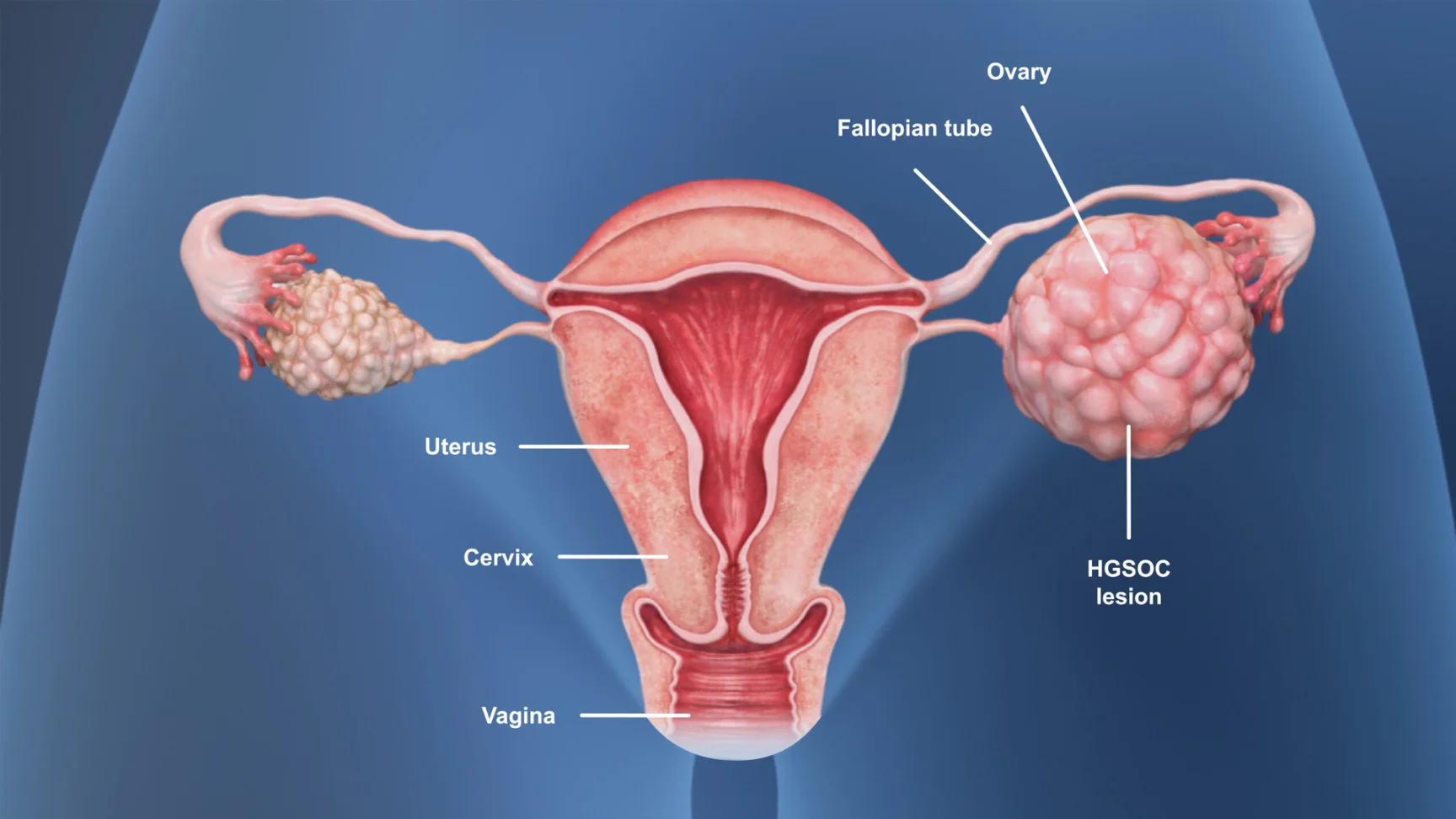Multiple Pregnancies (Twins/Triplets)

Multiple pregnancies, such as twins or triplets, occur when more than one fetus develops in the uterus at the same time. While many multiple pregnancies progress normally, they are generally considered higher-risk due to the increased chances of complications for both the mother and the babies.
Women carrying more than one baby may experience more intense pregnancy symptoms, including fatigue, morning sickness, and rapid weight gain. There is also a higher risk of conditions like gestational diabetes, high blood pressure, anemia, and preterm labor. Close monitoring is essential to identify any signs of early labor or fetal growth discrepancies.
Fetal growth and well-being are assessed regularly through ultrasounds and other prenatal tests to monitor the development of each baby. The type of multiple pregnancy—whether the babies share a placenta or amniotic sac—can influence the level of monitoring and management needed. Nutritional requirements are also greater in multiple pregnancies, and mothers may be advised to increase their intake of certain nutrients to support healthy fetal development.
Delivery planning depends on various factors including gestational age, fetal positions, and any maternal or fetal complications. While many twins can be delivered vaginally, triplets and certain twin pregnancies may require a cesarean section for safety.
Regular antenatal visits, a balanced diet, adequate rest, and early detection of any complications are crucial for improving outcomes in multiple pregnancies.
